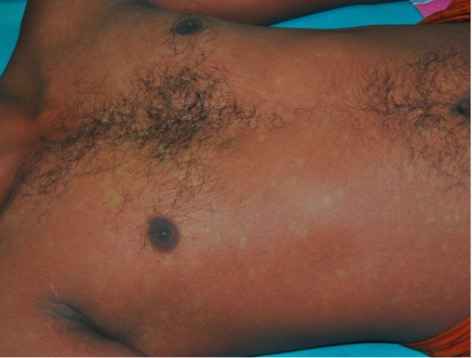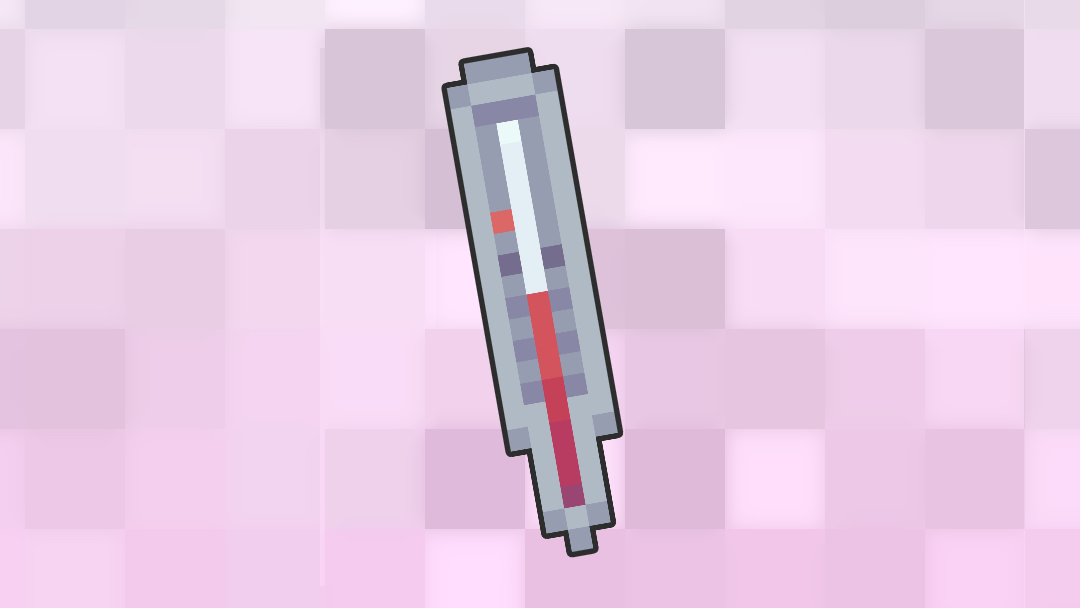- 📖 Geeky Medics OSCE Book
- ⚡ Geeky Medics Bundles
- ✨ 1300+ OSCE Stations
- ✅ OSCE Checklist PDF Booklet
- 🧠 UKMLA AKT Question Bank
- 💊 PSA Question Bank
- 💉 Clinical Skills App
- 🗂️ Flashcard Collections | OSCE, Medicine, Surgery, Anatomy
- 💬 SCA Cases for MRCGP
To be the first to know about our latest videos subscribe to our YouTube channel 🙌
Introduction
Dengue fever is a self-limiting flu-like illness that is caused by the dengue virus (a type of flavivirus).
Dengue fever is typically spread by the mosquito Aedes aegypti which is common in the tropics worldwide, especially Southeast Asia, Africa, the Pacific and the Americas.1 It is less commonly spread by Aedes albopictus.2
Aetiology
There are four serotypes of the dengue virus: DEN-1, DEN-2, DEN-3 and DEN-4.
Those who are infected by the dengue virus develop life-long immunity.2 However, individuals with previous immunity to one serotype infected with another serotype can develop severe dengue.1
The incubation period of dengue fever is usually two to seven days. There are three phases of dengue fever: febrile phase, critical phase and recovery phase.1
Risk factors
Risk factors for contracting dengue fever include:3
- Living or travelling to dengue-endemic areas
- Poor public hygiene
- High population density
Clinical features
The clinical features of dengue fever differ according to the phase of the disease.
Febrile phase
The febrile phase usually lasts two to seven days.
History
Typical symptoms of the febrile phase include:
- High-grade fever
- Maculopapular rash
- Facial flushing
- Muscle and joint pains
- Severe headache
- Retro-orbital pain
- Nausea or vomiting
Clinical examination
Typical findings on clinical examination include:
- Maculopapular rash sparing palms and soles (Figure 1)
- Positive tourniquet test: inflate blood pressure cuff on upper arm for five minutes; a positive test is when there is >20 petechiae per 2.5cm.2

Critical phase
The critical phase usually happens after the third day of fever and lasts for 24 to 48 hours. There is an increase in capillary permeability with a drop in body temperature.
History
Typical symptoms of the critical phase include:
- Severe abdominal pain
- Persistent vomiting
- Rapid breathing
- Lethargy
- Altered consciousness level
- Restlessness
Clinical examination
Signs of non-severe dengue include:
- Maculopapular rash sparing palms and soles
- Positive tourniquet test
Important signs to not miss out which may indicate dengue with warning signs include:
- Haemorrhagic manifestations: petechiae, mucosal membrane bleeding and menorrhagia
- Enlarged and tender liver
- Evidence of shock: prolonged capillary refill time
Signs that indicate severe dengue include:
- Clinical fluid accumulation: pleural effusion and ascites
- Periorbital oedema
- Hypovolaemic shock
- Severe bleeding
Recovery phase
During the recovery phase, the leaked plasma is reabsorbed into the bloodstream. The individual generally improves in the following 48 to 72 hours.
Clinical examination
Some patients may develop a rash known as “isles of white in a sea of red” which indicates recovery (Figure 2).3

Classification
The severity of dengue is classified using the WHO Dengue Classification 2009 (Table 1).
Table 1. The classification of severity for dengue fever.
|
Probable dengue |
Dengue with warning signs |
Severe dengue |
|
1. Live in or travel or travel to dengue-endemic areas 2. Fever 3. Two of the following criteria:
|
1. Abdominal pain 2. Persistent vomiting 3. Clinical fluid accumulation 4. Mucosal bleed 5. Lethargy 6. Restlessness 7. Tender liver 8. Increase in haematocrit with a rapid decrease in platelet count |
1. Severe plasma leakage:
2. Severe haemorrhage 3. Severe organ impairment:
|
Differential diagnoses
Possible differential diagnoses in the context of suspected dengue fever include:3
- Malaria
- Typhoid fever
- HIV seroconversion
- Infectious mononucleosis
- Measles
- Erythema infectiosum
- Chikungunya
- Zika virus
- COVID-19
Investigations
Bedside investigations
Relevant bedside investigations in the context of dengue fever include:
- Blood pressure: hypotension may result from dengue shock syndrome
Laboratory investigations
Relevant laboratory investigations in the context of dengue fever include:
- FBC: raised haematocrit and low platelet count suggests dengue with warning signs (may also present with neutropenia and leukopenia)
- LFTs: raised ALT and AST suggests severe dengue with organ involvement
- U&Es: there may be electrolyte imbalance due to persistent vomiting
- Coagulation screen: may reveal prolonged APTT and PT
Imaging
Relevant imaging investigations in the context of dengue fever include:
- Chest X-ray: to assess for pleural effusion
Other investigations
Diagnostic tests that may be used to confirm dengue fever include:3,4
- NS1 antigen test: detected in first 4 days of illness
- IgM antibodies with ELISA: detected after 5 days of illness and peaks 2 weeks after onset of symptoms
- IgG antibodies with ELISA: detected after 7 days of illness and lasts for life (used to confirm secondary infection)
Management
Initial management
Most dengue patients do not need hospital admission and there is no specific treatment for dengue fever.
However, patients must be evaluated for warning signs and the possibility of developing severe dengue. Key points of management include:
- Controlling fever with paracetamol
- Notifying Public Health England
- IV fluid resuscitation with close monitoring to prevent fluid overload
- Escalation of patients with warning signs and severe dengue to a secondary health care facility
Prevention
Some steps that can be taken to prevent dengue fever especially during travel include:5
- Wearing long-sleeved clothes
- Spraying insect repellent
- Removing any sources of breeding sites
Complications
Potential complications of dengue fever include:3
- Dengue haemorrhagic fever
- Disseminated intravascular coagulation
- Dengue shock syndrome
- Severe organ involvement (e.g. cardiac failure, liver impairment)
Key points
- Dengue fever is a self-limiting flu-like illness that is caused by the dengue virus.
- Dengue fever has three phases: febrile phase, critical phase and recovery phase.
- The severity of dengue fever can be divided into non-severe dengue, non-severe dengue with warning signs and severe dengue.
- Laboratory investigations including FBC, LFTs and U&Es as well as diagnostic tests for dengue should be carried out if dengue is suspected.
- Dengue is a self-limiting illness and patients are usually admitted if they develop warning signs or severe dengue.
- Complications of developing dengue fever include dengue haemorrhagic fever, dengue shock syndrome, disseminated intravascular coagulation and organ impairment.
Reviewer
Professor Edmund Ong Liang Chai
Consultant Physician in Infectious Diseases
Editor
Dr Chris Jefferies
References
- Ralston, S. H., Penman, I. D., Strachan, M. W. J., & Hobson, R. (Eds.). Davidson’s principles and practice of medicine (23rd ed.). Published in 2018. Elsevier Health Sciences.
- UpToDate. Dengue virus infection: Clinical manifestations and diagnosis. Published in 2021. Available from: [LINK]
- Patient.info. Dengue. Published in 2016. Available from: [LINK]
- World Health Organization. Dengue: guidelines for diagnosis, treatment, prevention and control. Published in 2009. Available from: [LINK]
- World Health Organization. Dengue and severe dengue. Published in 2021. Available from: [LINK]
Image references
- United States Military. Dengue rash. Licence: [Public Domain]
- Ranjan Premaratna. Dengue recovery rash (White islands in red sea). Licence: [CC BY-SA]




